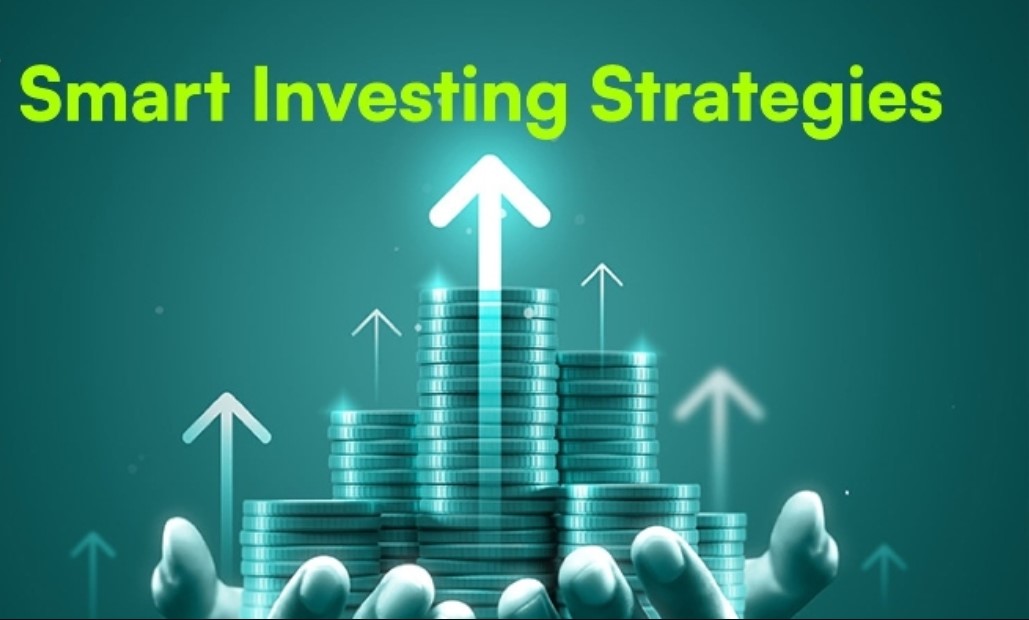Smart Building Solutions: Integrating Technology for Modern Construction
As the construction industry advances, incorporating advanced technology in building projects is more and more important. Building solutions represent a big step forward in how the design, construction and operation of buildings go: it makes them more efficient, sustainable, and has better user experience. With the introduction of new technology, modern construction projects can achieve significantly improved energy efficiency, greater safety for workers and residents alike, and a higher standard of living.
One of the bedrock definitions of smart buildings is Building Information Modeling (BIM), which has digital representations for the both physical characteristics at their core. BIM lets architects, engineers, and construction professionals create and manage a comprehensive 3D model of their buildings before they are even built. The benefits of BIM are manifold. It provides for better visualization of the project, greater collaboration between stakeholders and more accurate estimates on costs and time frames. BIM also helps reduce errors and rework by simulating different scenarios and identifying potential issues early in design phases, which makes for more efficient project execution.
(The main humanlike editing mode of the articles is displayed here. The article is based on original article with the addition of some small vocabulary additions for readability.)Before smart buildings were invented, IoT may not have been able to transform anything as large in scale and as highly integrated systems of information as a whole building. Within such buildings, IoT technology can accomplish a range of tasks — including monitoring and controlling systems such as lighting, HVAC and security. For instance, weather-based smart thermostats and lighting systems can automatically adjusts themselves when people are around to reap significant energy savings. Furthermore, if IoT sensors discover issues like leaks or equipment failures they can release on-the-spot messages in real time through the network to inform maintenance maintenance staff. This way equipment that is managed can usually move in time with normal maintenance schedules rather than undergoing a major overhaul or renovation.
Energy Management Systems
Energy management is a crucial path in the smart construction solution. EMS advanced technology management systems do this for businesses and on-site energy needs from monitoring up to final use. They can score information from various sources like smart meters and IoT sensors to optimize energy consumption levels accordingly while eliminating waste.
Energy management systems can show where there are load patterns and anomalies in order to help building managers come up with strategies for reducing them. For example, EMS systems can embed in building structures itself the scheduling of heating and cooling according to occupancy patterns, dim lights to match ambient daylight, in addition to utilizing renewable energy sources.
Smart Building Materials
Innovations within construction materials too have affected the modern construction industry. Smart materials, such as self-healing concrete and energy-absorbing glass offer improved performance and durability. Self-healing concrete, for example, contains ingredients that make it capable of self-healing cracked surfaces, significantly extending these structures’ lives and lowering cost of upkeep thereafter.
Similarly, energy-saving windows and facade systems can adjust indoor temperature and enhance insulation. These materials as a whole for the building benefit from a reduced energy consumption level along with less environmental impact in general.
Building Automation Systems (BAS)
Building Automation Systems (BAS) make various building systems into a single platform for control and observation. BAS can control such functions as lighting, HVAC, security systems etc from the same interface, giving far more comfort and better results.
Advanced BAS now also includes artificial (AI) intelligence and machine learning algorithms that optimize building operation. For example, AI-based systems can predict energy consumption levels based on historical data and real-time conditions — and then adjust settings so as to maximize both comfort plus efficiency.
Smart building solutions enhance safety and security as well. In the case of advanced surveillance systems that include facial recognition and motion detection, numerous measures can only be taken to provide the best security. Besides, any IoT-enabled fire alarms and emergency systems would be capable of transmitting real-time alerts and also executing the necessary steps in an automated manner when there is an emergency.
Connecting electronic surveillance with access control systems guarantees that only authorized people can enter restricted areas, which indeed increases safety and security in general.
Conclusion
Integrating technology into modern construction projects offers many advantages, and this is also true of smart building solutions. Efficiency is one such advantage: if it’s deployed well enough then an integrated design can reduce energy use substantially. Comfort level in living spaces and safety standards will also be greatly improved as long as construction workers rear a building looking to public welfare as being paramount. And by incorporating technologies such as BIM – IoT energy management systems – smart materials and building automation control, those involved in construction can construct buildings that are not just functional but also smart and adaptable for the future As technology continues to improve, the potential of smart building solutions one day transforming today’s cities will only get greater. The goal is a more sustainable and connected tomorrow, built on smarter technology.










